In recent years, Vietnamese cocoa has undergone a strong transformation. Not just an experimental crop, cocoa is increasingly seen as a potential agricultural industry, with specialized growing areas developing widely. Vietnamese cocoa beans are not only outstanding in quality, but are also highly appreciated for their natural fermentation process, bringing a unique flavor.
So what are the factors that help the Vietnamese cocoa industry grow strongly? Which lands are playing a key role in cocoa development? And what will the future of this industry be like? Let's explore the details with MLifeOn in the article below.
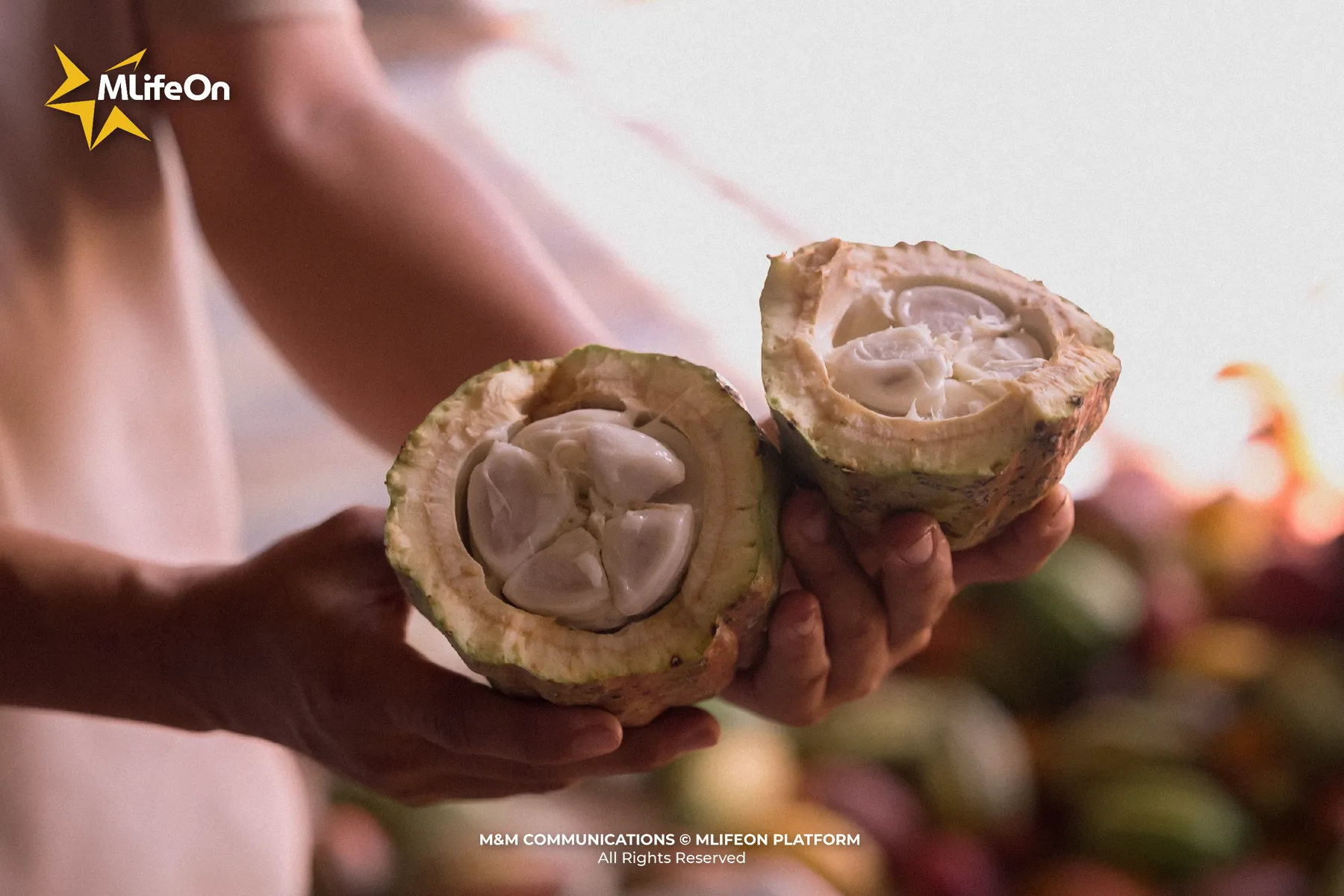
Reasons for the development of Vietnamese cocoa
Climate and soil
Vietnam has three main cocoa growing regions: the Mekong Delta (Tien Giang, Ben Tre, Hau Giang...), the Central Highlands (Dak Lak, Lam Dong, Gia Lai...) and the Southeast region (Dong Nai, Ba Ria - Vung Tau...).
These regions have suitable altitudes, cool climates and relatively stable rainfall - ideal conditions for cocoa beans to grow with high quality. In addition to small-scale farms, more and more cooperatives and businesses specializing in cocoa have appeared, helping the industry make significant progress.

Cocoa nursery at Trong Duc Cacao Company Limited in Dinh Quan, Dong Nai
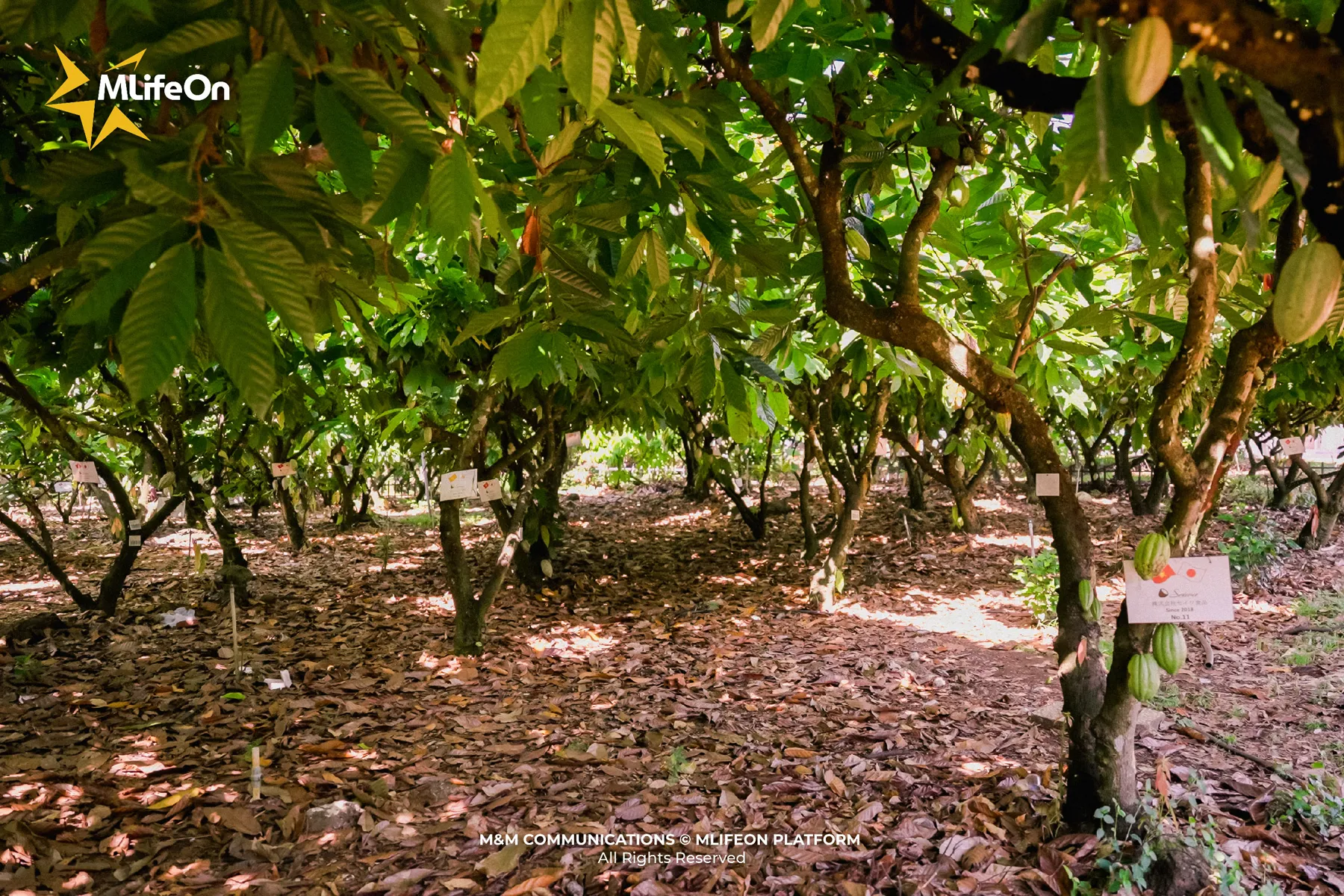
The soil here helps cocoa trees grow and achieve good productivity
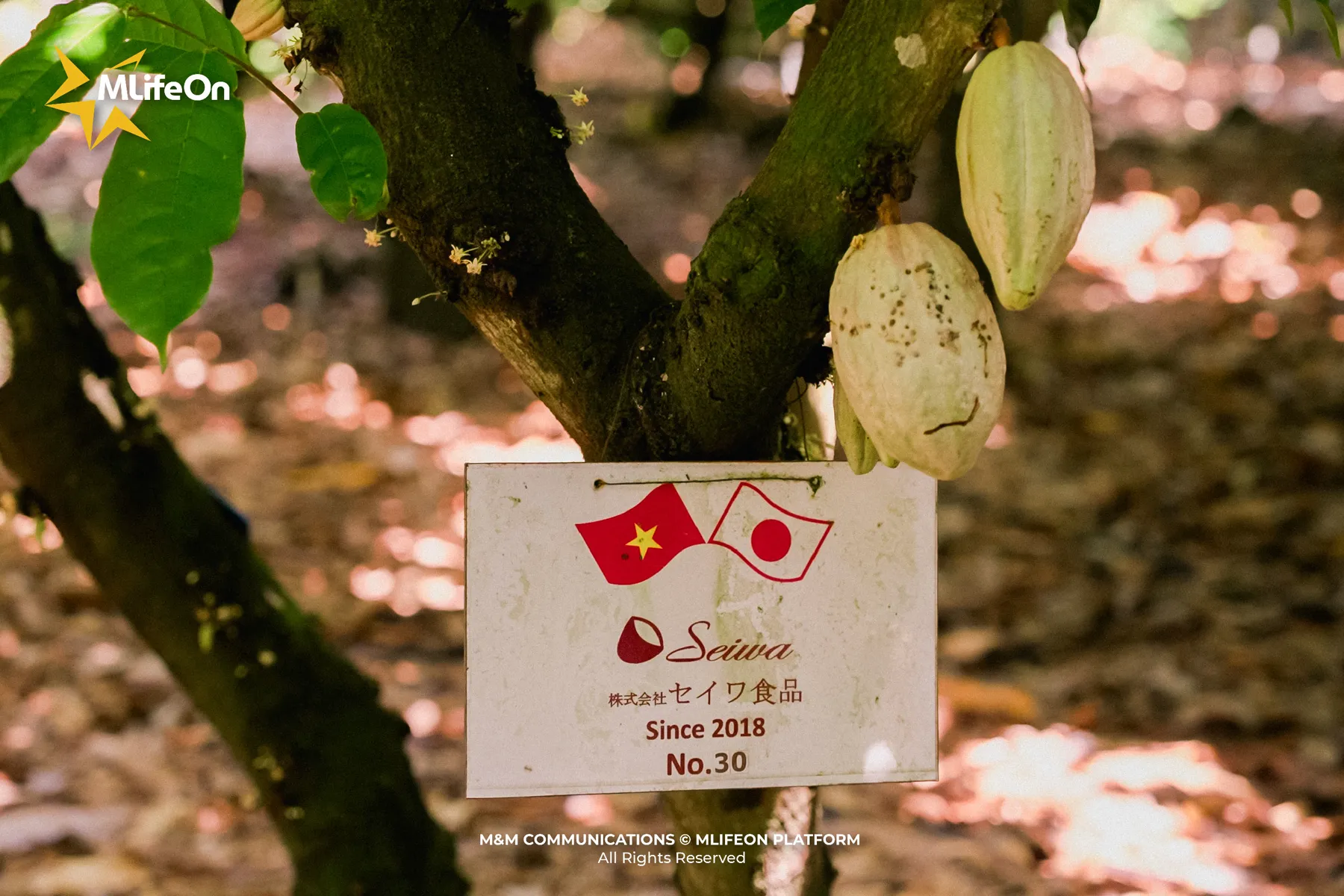
The cocoa varieties put into cultivation are also selected for quality
People and infrastructure
Not only relying on favorable natural conditions, the success of Vietnamese cocoa also comes from the diligent farmers who constantly learn and improve farming techniques. Despite many limitations in scale and production methods, households have begun to switch to cocoa cultivation as a new direction to bring higher income.
Domestic brands are also actively investing in research and production of quality cocoa, aiming for sustainable agriculture and expanding export markets. These efforts have helped Vietnamese cocoa gradually affirm its position on the international map.
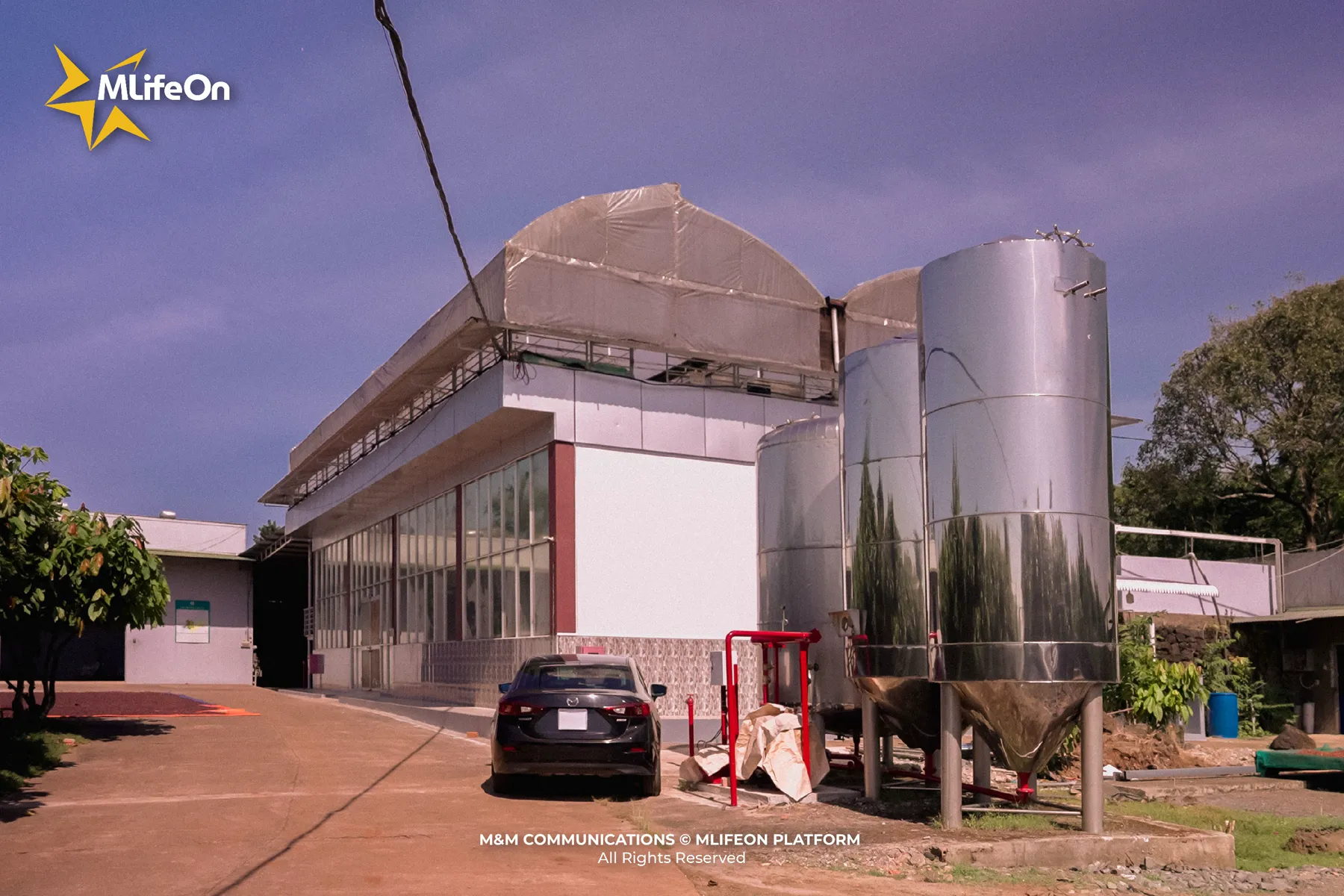
The cocoa factory system invested in Cacao Trong Duc Company Limited
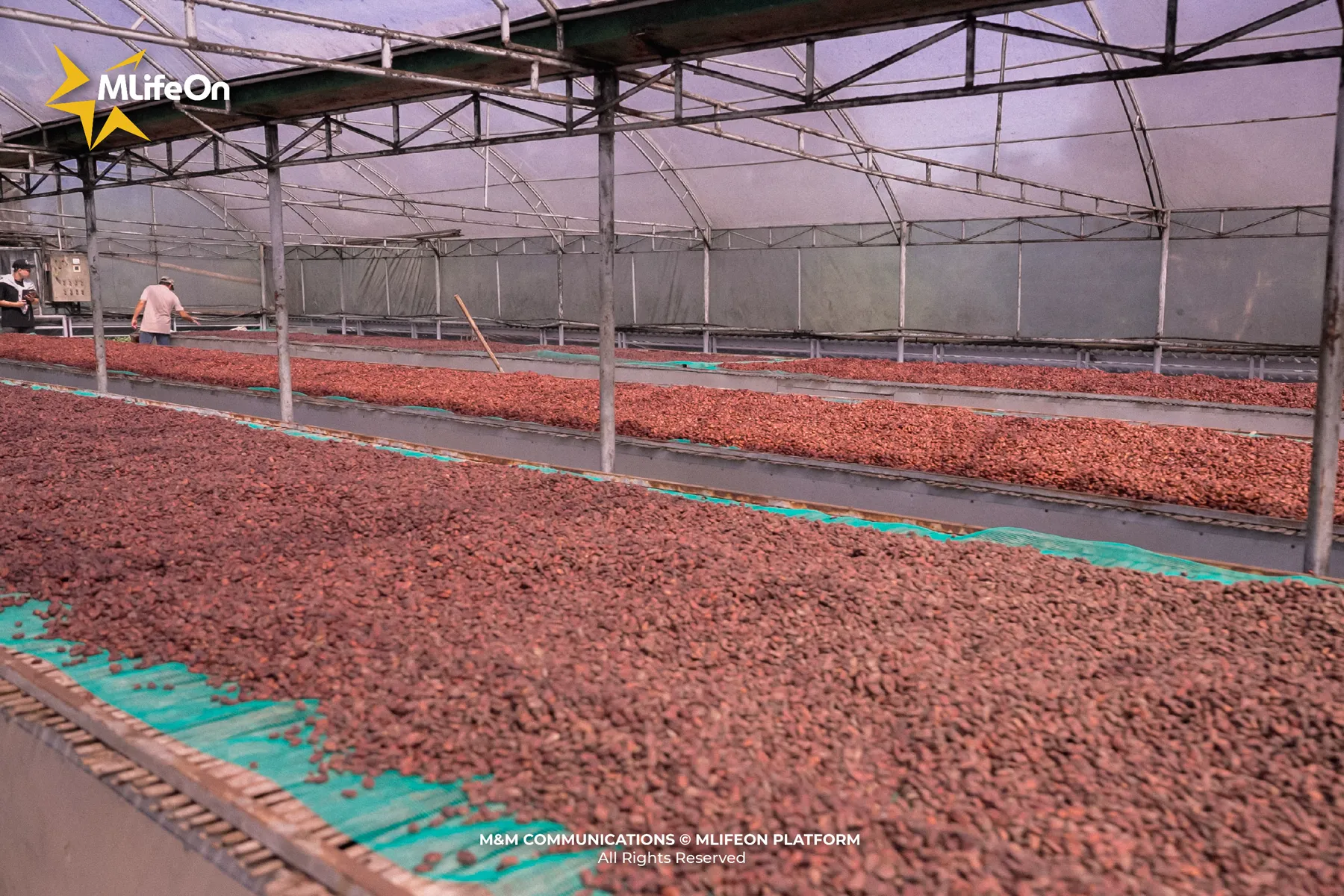

The production process is also strictly carried out
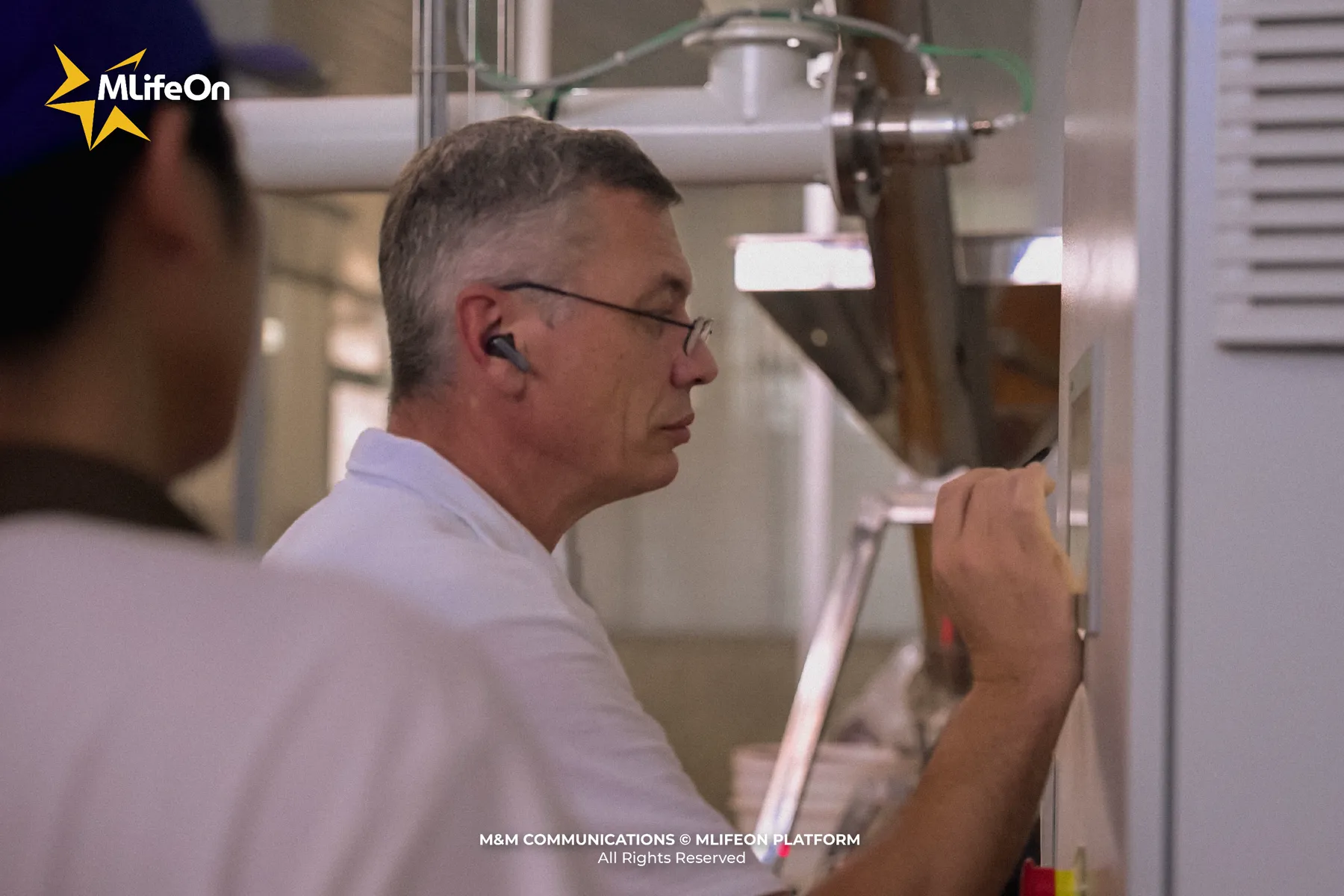
Supported by foreign experts
Brands such as Marou Chocolate, Alluvia Chocolate, Belvie Chocolate, VinChoco (a chocolate brand of Cacao Trong Duc) have brought Vietnamese cocoa to a new level, when products are not only consumed domestically but also known to international friends, many products are also exported to many countries around the world.
What is the future of Vietnamese cocoa?
According to assessments from international experts and organizations, Vietnamese cocoa is in the top 5% of cocoa beans with the best flavor globally. This comes from the natural fermentation process, which helps to preserve the unique flavor, along with ideal climate and soil conditions.
Although there are still many challenges in terms of output, scale and farming methods, Vietnam has an advantage in quality. If we continue to promote the sustainable agricultural model, expand production scale and strengthen cooperation with the international market, Vietnamese cocoa will certainly make strong progress in the coming years.

The quality of Vietnamese cocoa comes from the natural fermentation process.
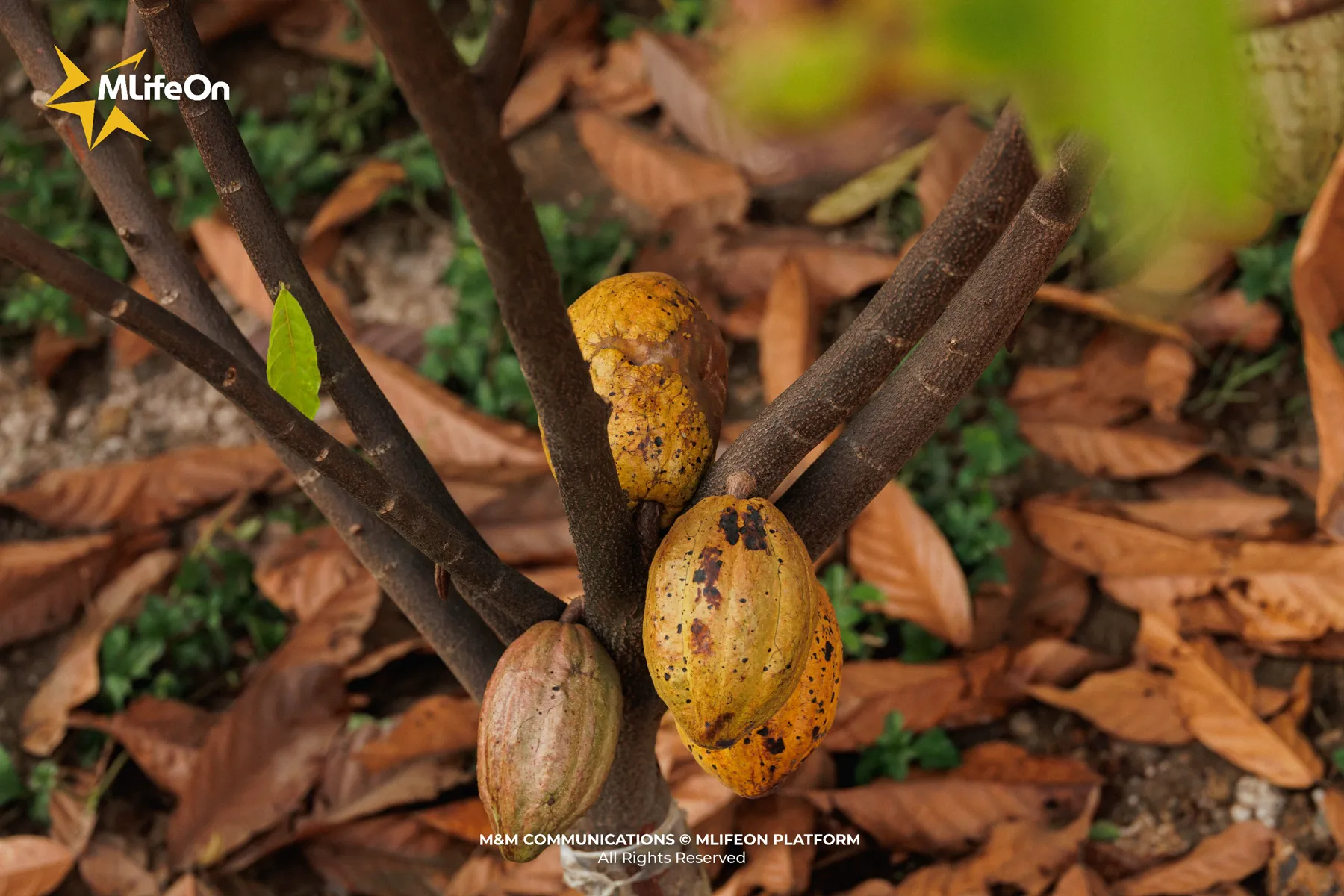
Tay Ninh - A new potential land for Vietnamese cocoa
Recently, a new bright spot has gradually appeared on the cocoa growing map of Vietnam - Tay Ninh, a land full of potential for the tree known as "the food of the gods".
Although Tay Ninh's soil is not as naturally favored as other areas, it possesses an extremely important factor: a rich river and stream system, especially located next to the Vam Co Dong River - one of the important rivers that helps the land here maintain the necessary moisture for cocoa trees to grow.
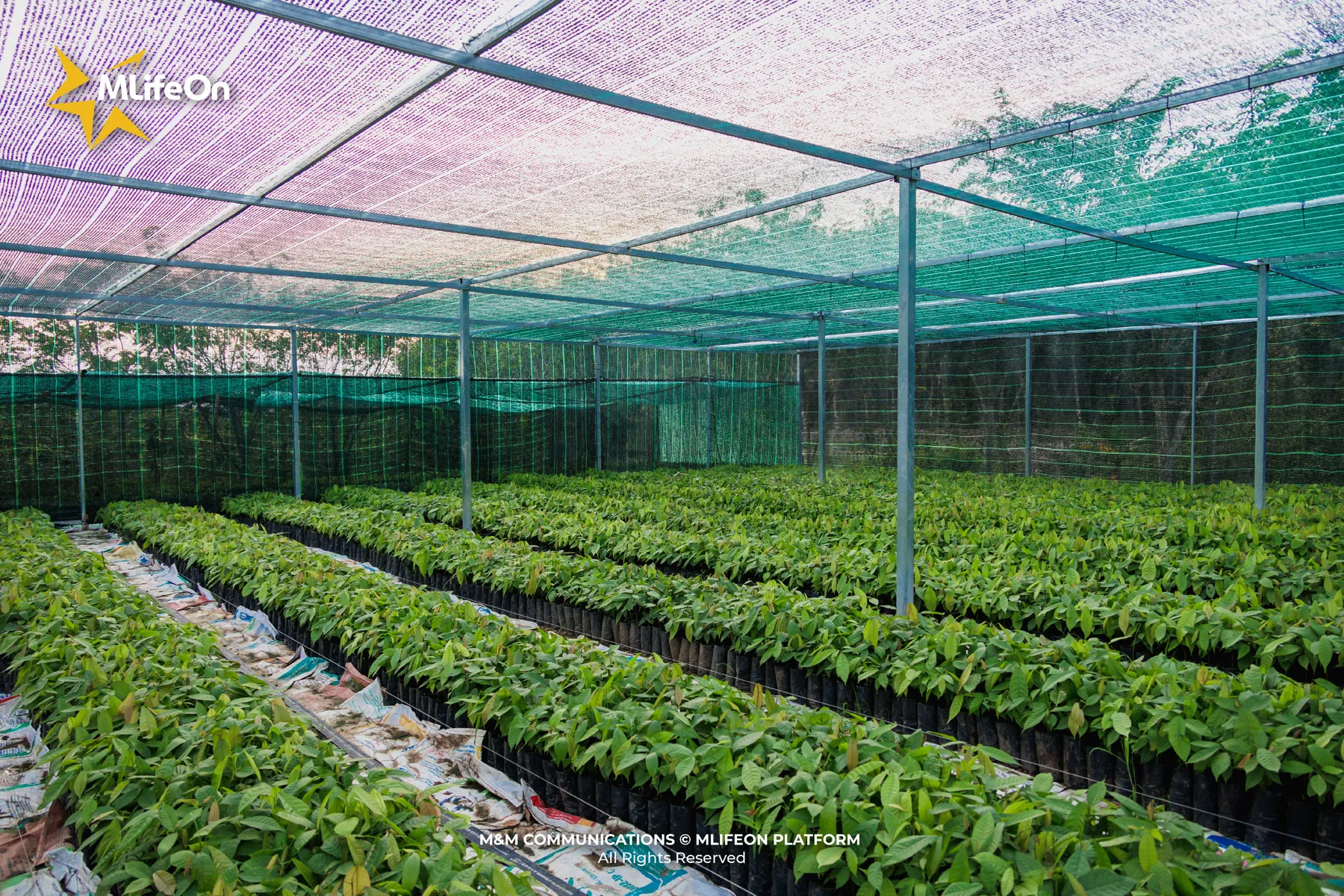
Nursery area of Tay Ninh Cocoa Agricultural and Forestry Cooperative

Not only that, with the orientation of sustainable development, many places have begun to experiment with new cocoa varieties, with the goal of taking advantage of natural water resources to optimize the cultivation process. Some cooperatives and businesses are also planning to expand cocoa cultivation in Tay Ninh (typically the Tay Ninh Cocoa Agriculture and Forestry Cooperative), in order to find new directions and reduce dependence on traditional regions.
If the cocoa development strategy in Tay Ninh is implemented properly, this could become a promising new cocoa growing area, contributing to enriching the Vietnamese cocoa market and opening up better competitive opportunities in the international market.
Conclusion
No longer a small industry, Vietnamese cocoa is becoming a name that the world is paying attention to. With the combination of favorable natural conditions, creativity in production, and sustainable agricultural trends, Vietnam possesses the necessary factors to become one of the leading cocoa producing countries in Southeast Asia.
—---
CREDIT:
Photography: Kien Trang, Tue Tran
Content: Giang Huynh
Design: Trung Huynh





















